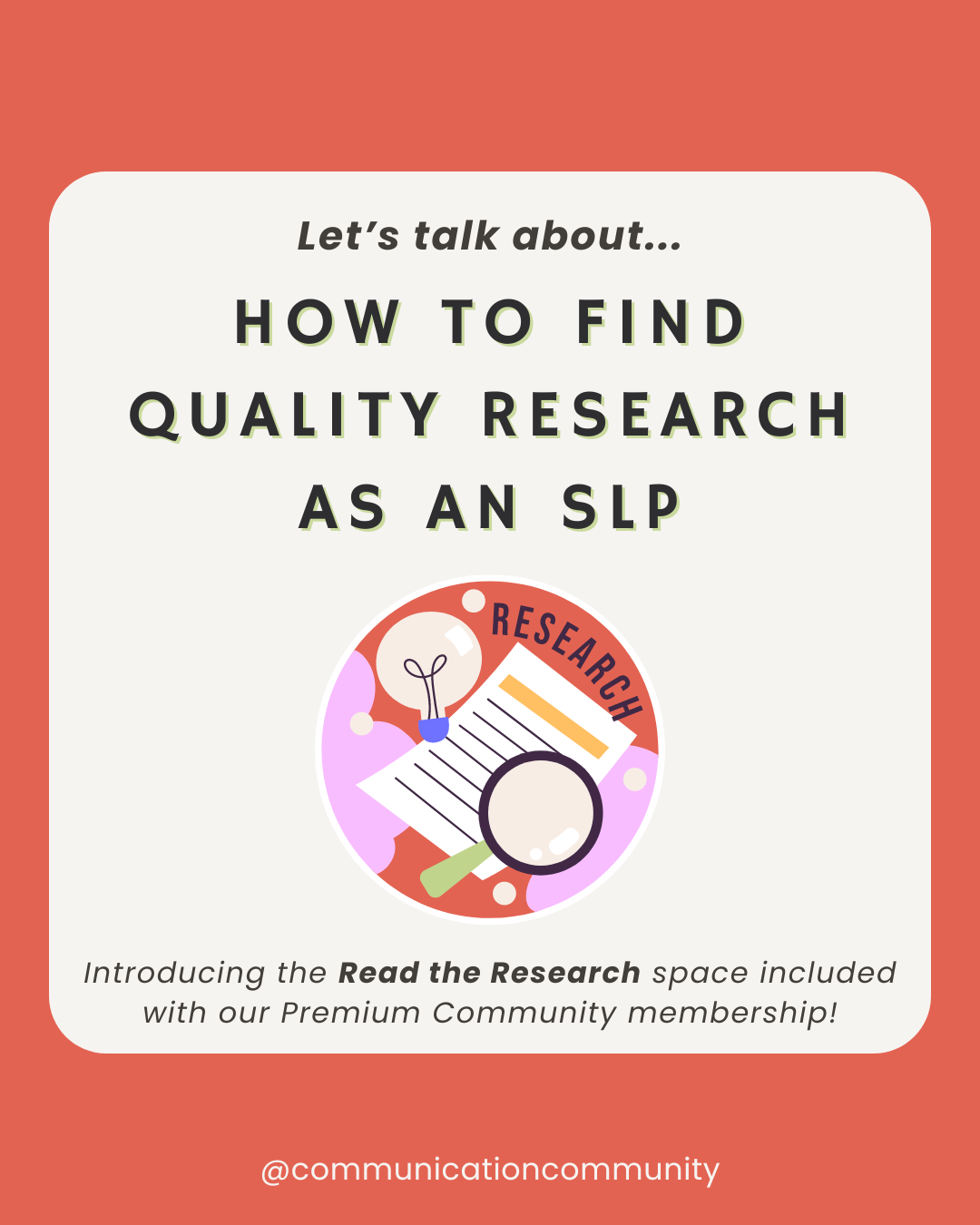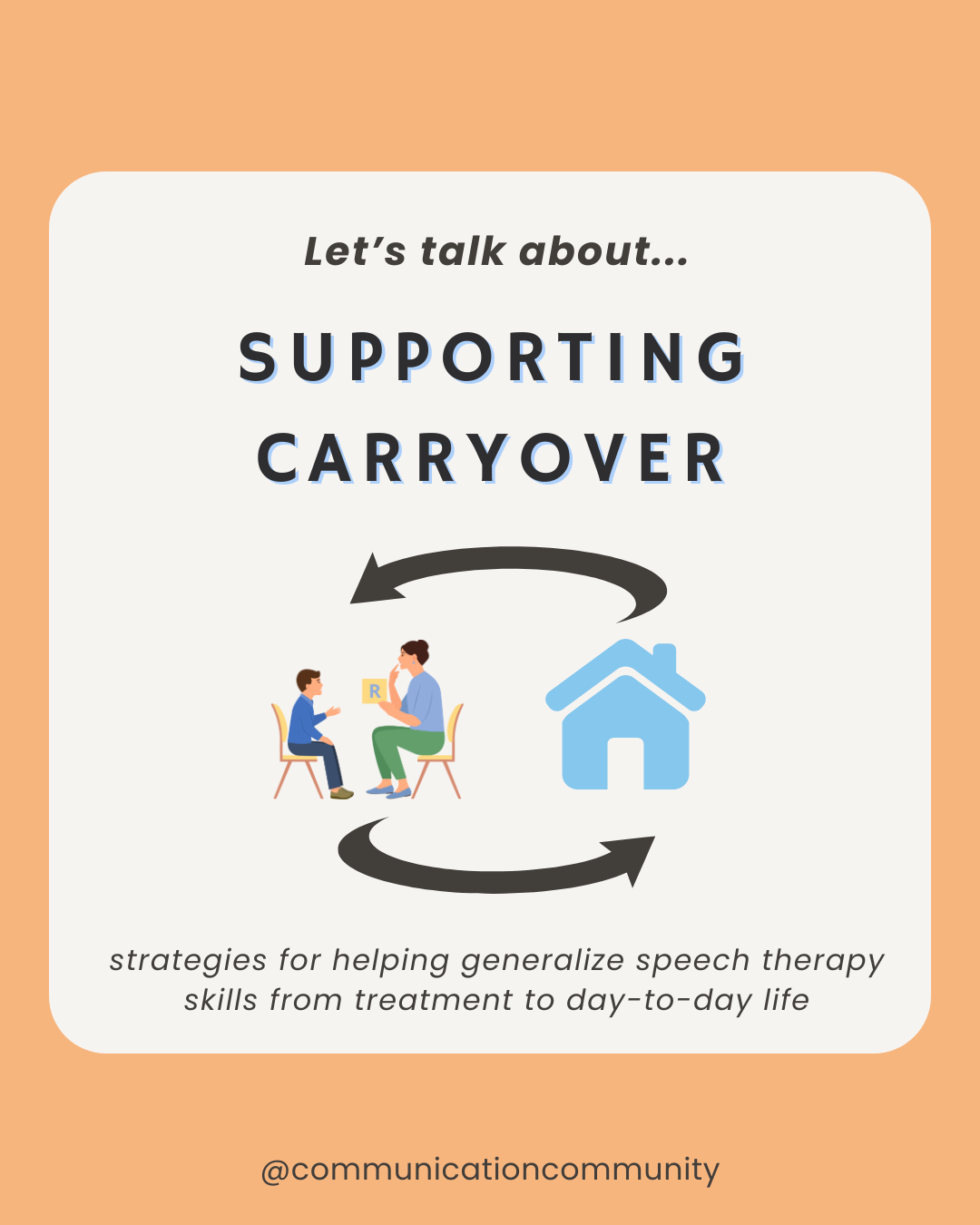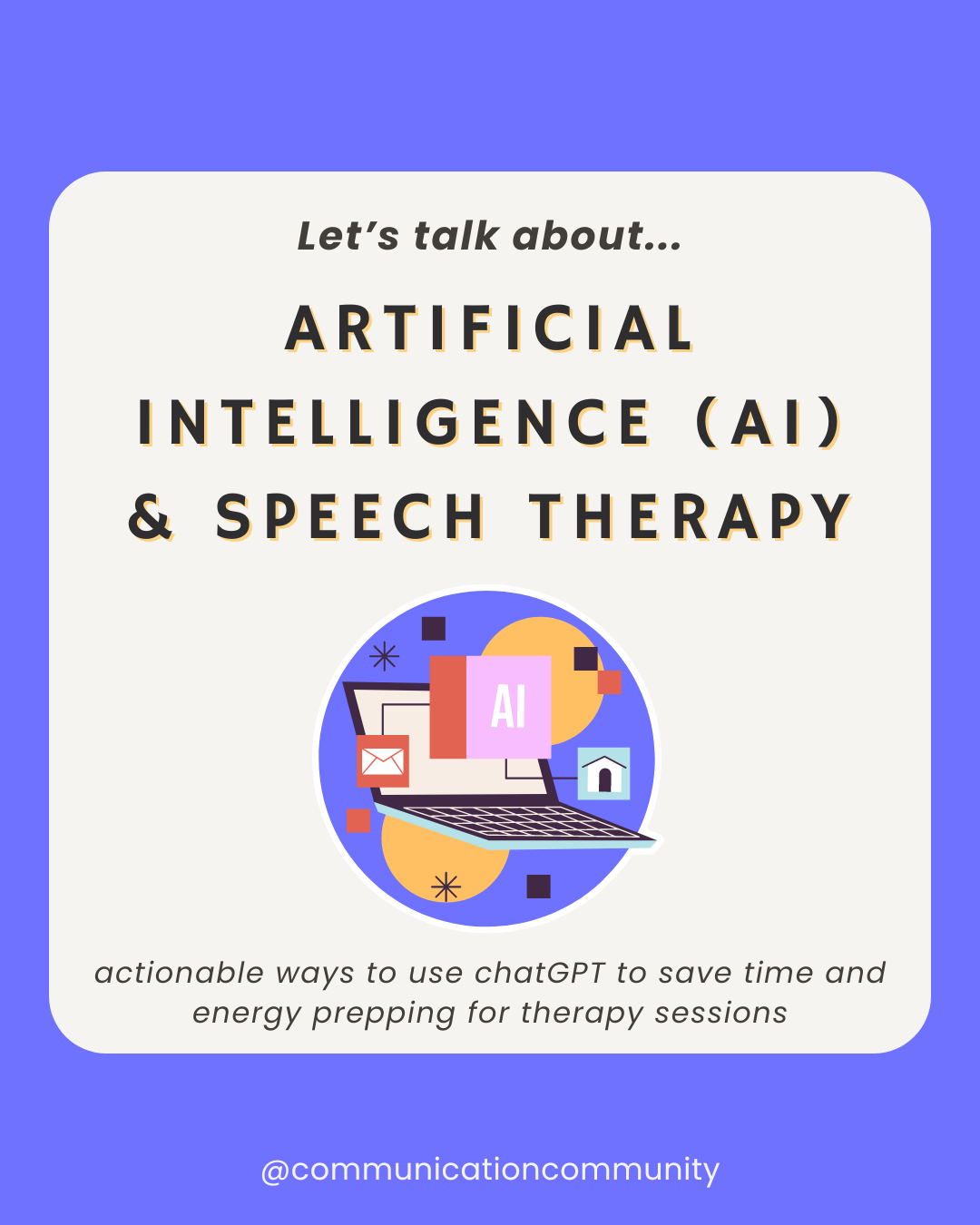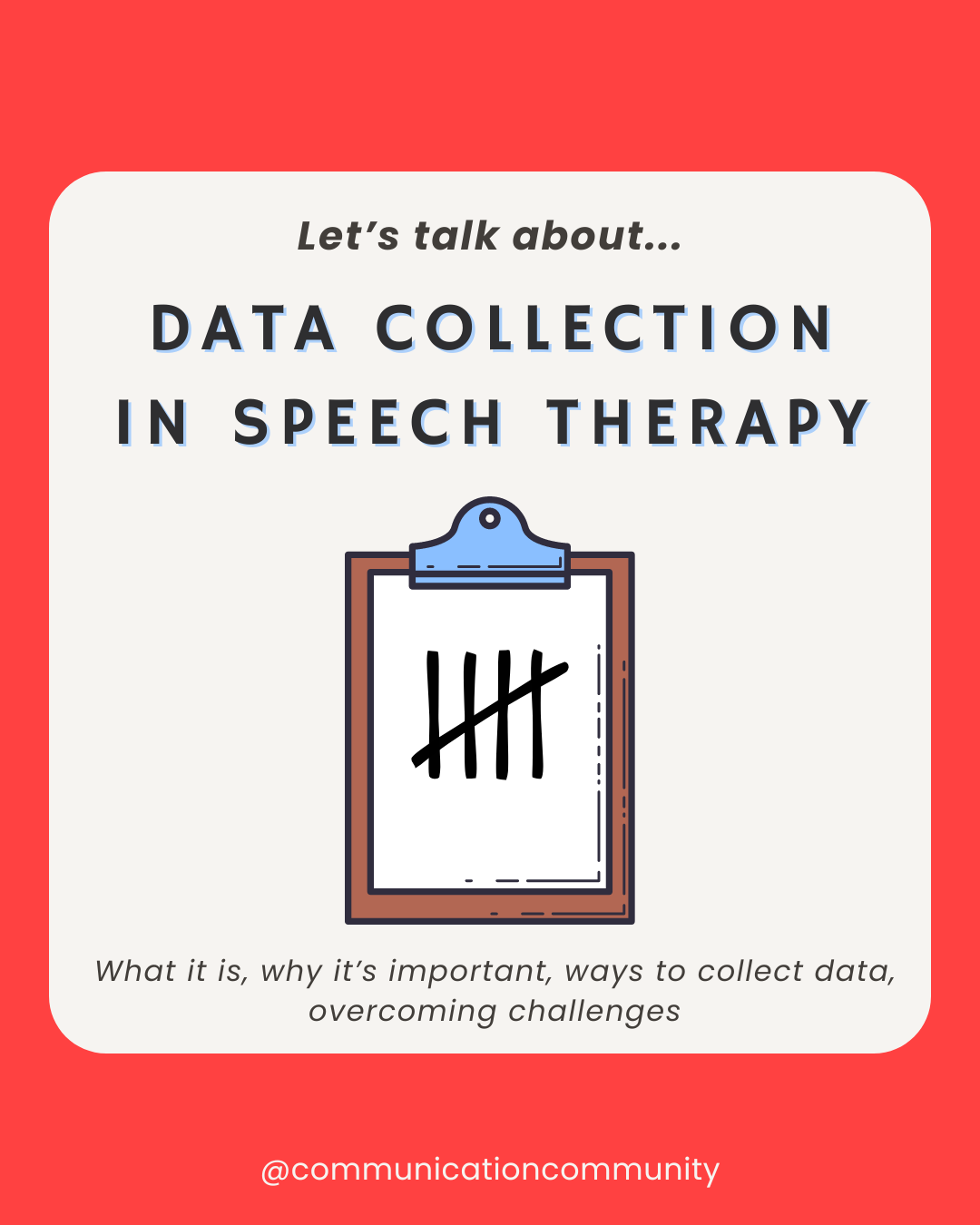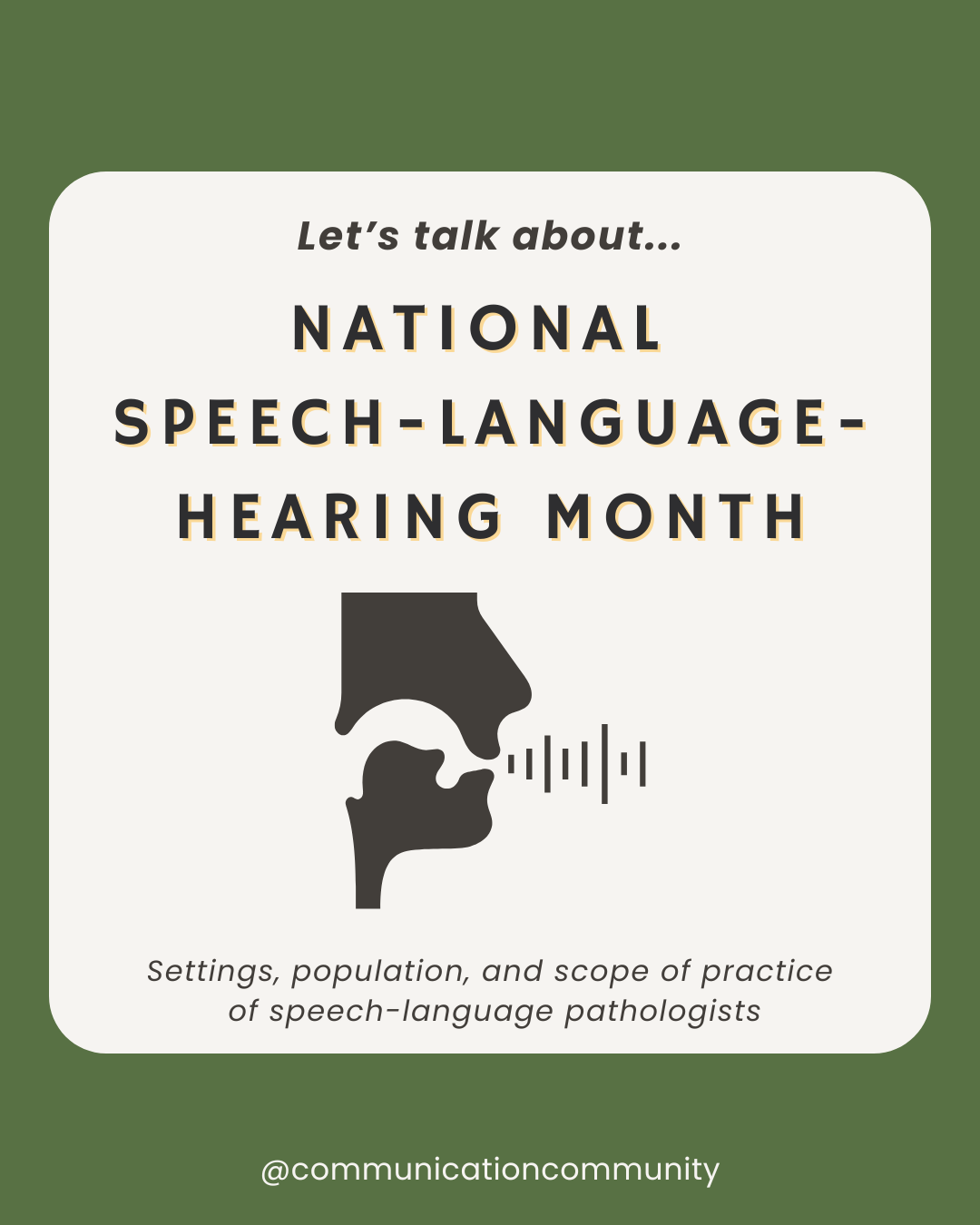Introduced by Carol Gray in the early 90s, social stories were designed to illustrate specific situations and provide strategies with how to cope with them.
Social Stories: About
At the time, Gray was working with individuals with autism spectrum disorders (ASD) and these social stories were primarily designed with the ASD population in mind. According to Hutchins (2012) a universal feature of autism spectrum disorders (ASDs) is disruption in social cognition - the ability to interpret thoughts and feelings of oneself and others. This disruption is related to struggles with behavioral, communicative, and social functioning. Social stories have since been created to increase the social-communicative perspective of others (sometimes called, theory of mind) in a relatable, narrative format for the reader.
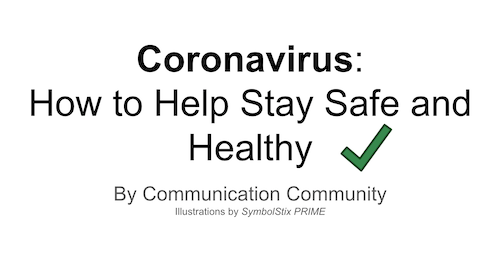
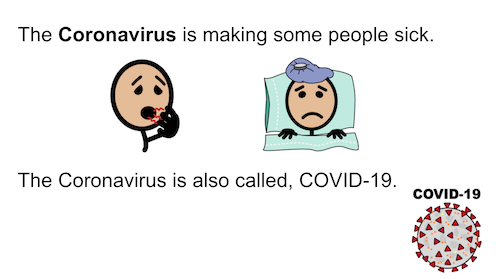
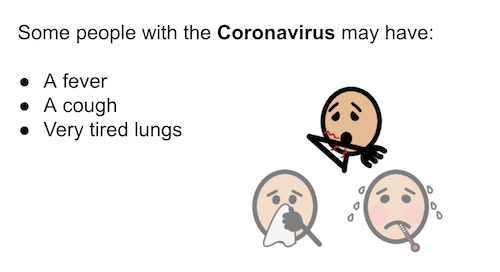
How Can I Get a Social Story?
Well, that depends. Social stories have been used as a common resource for educators and therapists working with the ASD population and used to address a plethora of broad and personally-related topics. Topics like being a good friend or starting a new school are just a few of the many topics that could be incorporated into a written social story. There are some social stories that can be accessed “pre-written” or made generally to benefit an array of readers, like the one seen in the link above and the one we shared in regard to the Coronavirus. In Carol Gray’s The New Social Story Book, she has included numerous pre-written stories to address commonly occurring scenarios across contexts (school, home, community).
In contrast, there are some social stories that are written specifically for the reader based on a relevant personal event that they may need support with, like the passing of a family member or moving my sister off to college. In this instance, I (the speech-language pathologist/SLP) will write the social story for the individual I am working with or another relevant educator/service professional/team member will. You may hear about SLPs writing them more frequently because it typically falls into the “communication” domain that is encompassed within our clinical practice, but it is perfectly acceptable for someone who is not an SLP to write a social story.
How Do You Write a Social Story?
In my clinical experience working with the ASD population, most of the social stories I have presented to my students were tailored to fit their specific situation, communication skills, and/or literacy skills. The individuals I work with learn and synthesize information differently, so why would I write a narrative the same way for each student? Well, I usually don’t. It is not to say that you can’t; I certainly use similar templates for my students if I am covering similar topics, but I do change the language so that it is most applicable and understood by that particular individual.
Let’s take two (of the many) communication profiles of students who can benefit from a social story: Let's say one individual is a reader who is a primarily verbal communicator, and the other individual does not read and is a user of augmentative and alternative communication (AAC). The way I would write these stories would be different and the mode in which I would present these stories would be different.
For example, if the individual is a reader, I would have the student read the social story themselves and perhaps limit the amount of supplemental, non-relevant imagery if I think it would take away from the message. For the individual who primarily uses AAC to communicate and does not read, I would read the story to the student with relevant symbols that would pair with the language similarly shown in the student’s AAC system (think SymbolStix). Social stories also follow a specific type of structure and way of relaying language and ideas.
Social Story Structure
According to Golzari, Alamdarloo, and Moradi (2015) addressing Gray’s approach, social stories should contain the following types of sentences:
- Descriptive sentences: Introduce what the story will be about. They address the who, what, and where.
- Perspective sentences: Describe internal feelings, thoughts, and emotions relating to the introduced situation.
- Directive sentences: Provide social cues with carrier phrases like, "I will try to ___."
- Control Sentences: Reinforce the information presented in the story.
- Affirmative sentences: "Affirm" the directive sentences. May begin with a carrier phrase like, "It is good when ___."
- Cooperative sentences: Describe actions and how they can be helped and who can help them.
Team Approach to Social Stories
It is always important to address social stories with a team approach. For example, if I write a social story for one of my students, I usually will have my student’s other service providers and parents/caregivers read it with them as well. This provides repetition of the information and helps with generalization across people and settings.
Additionally, one of the most important individuals in the social story equation are the parents/caregivers! As a parent, if you have a situation that you would like to address at home that we may not be aware of in the school setting - let your child’s teachers/therapists know! Supports go past school - they are for the home, community, and all of the environments in between.
Citations/Further Resources
https://doi.org/10.1044/leader.FTR2.17012012.14
https://www.iidc.indiana.edu/irca/articles/behavioral-issues-and-the-use-of-social-stories.html
https://www.autismparentingmagazine.com/social-stories-for-autistic-children/


